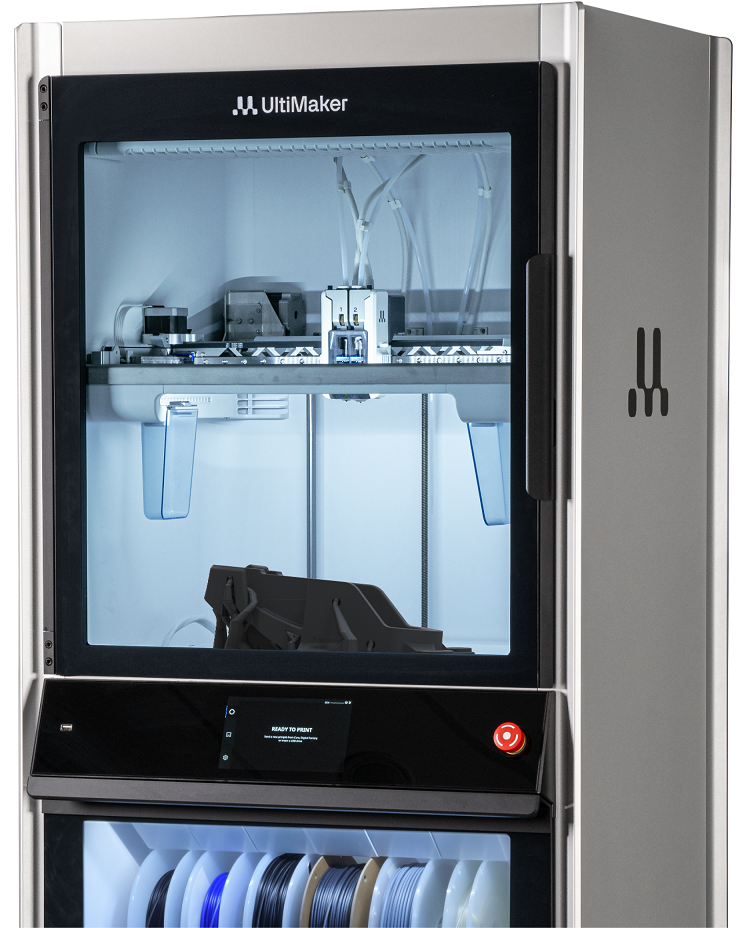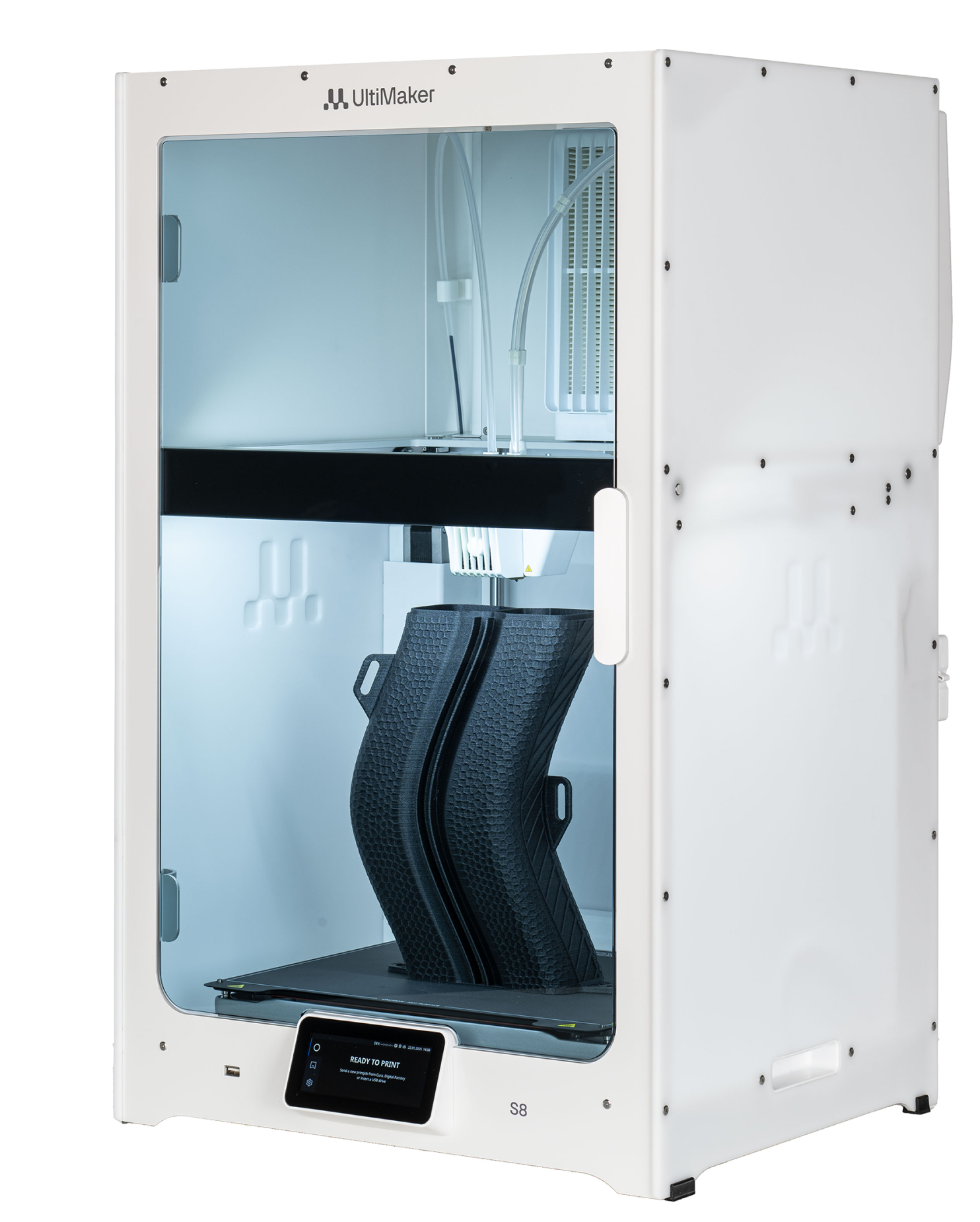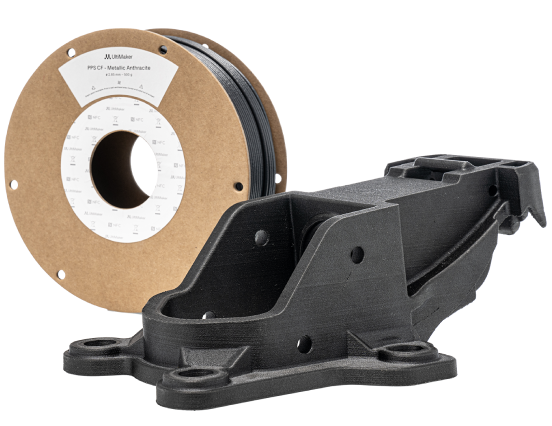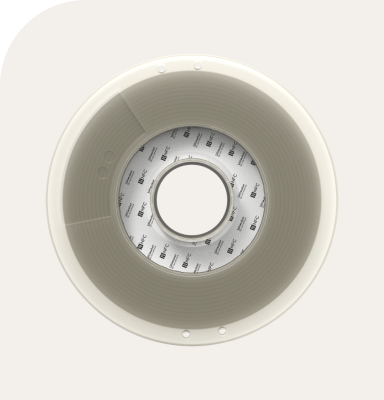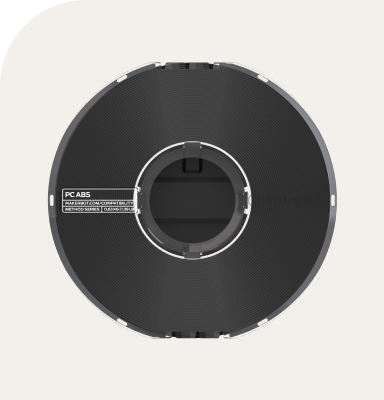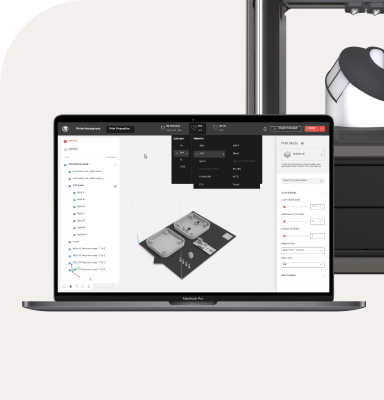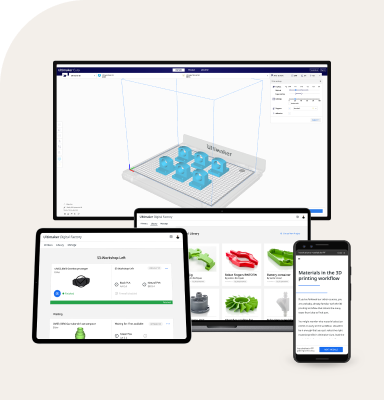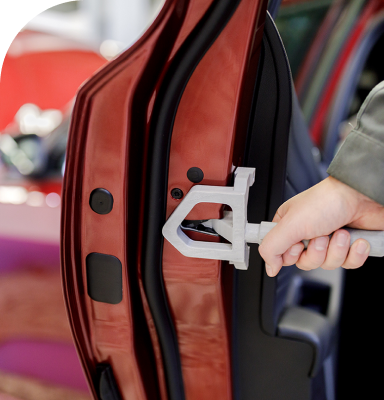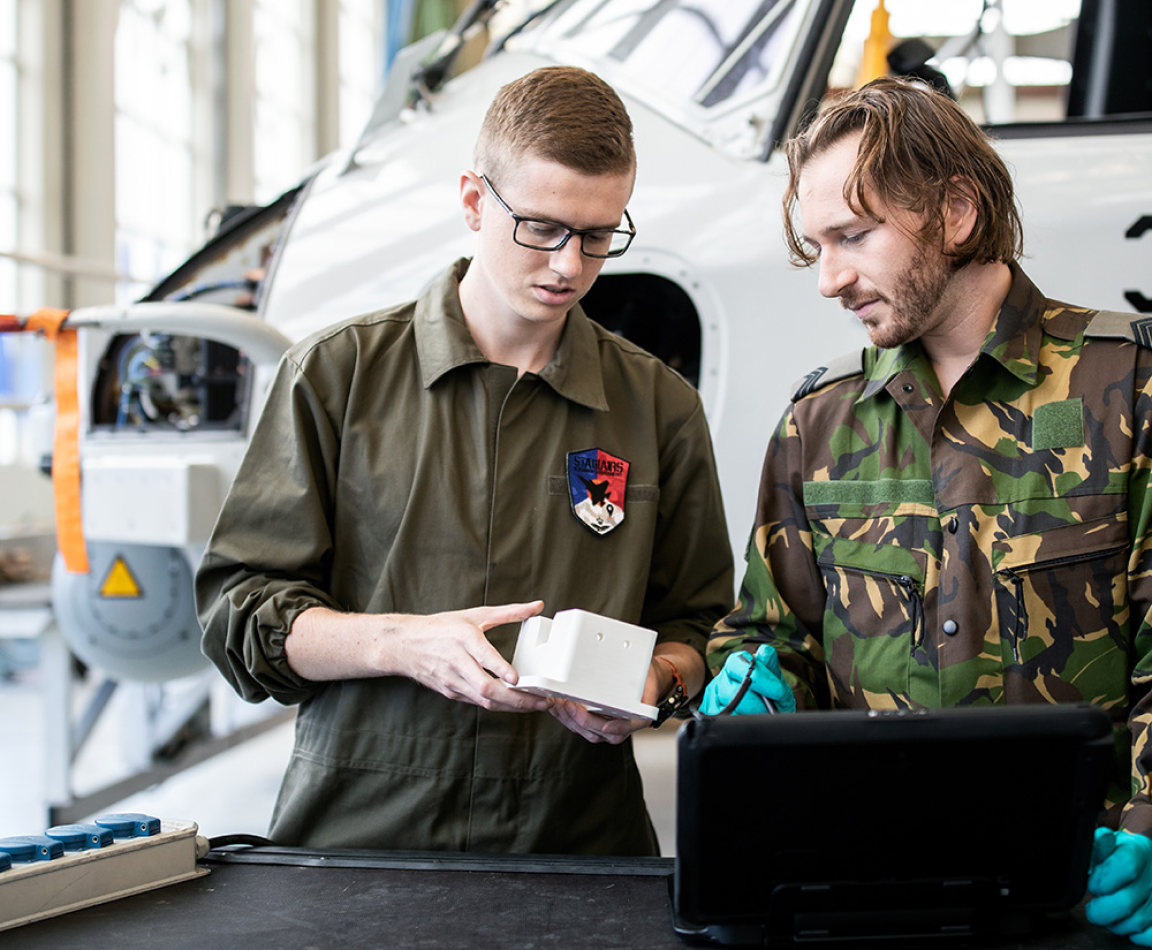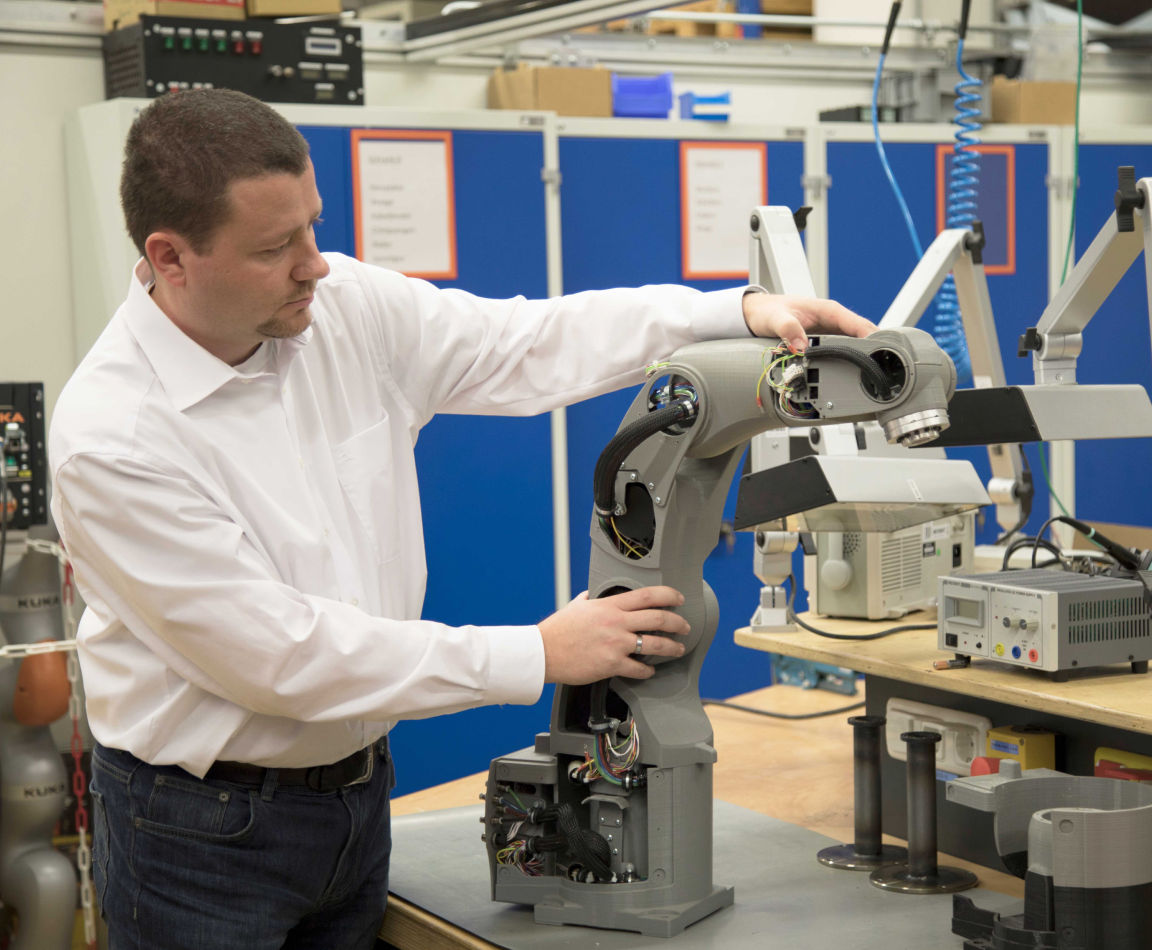3D打印可能是在互联网出现之前发明的
但今天,这项技术不断突破可能的界限。在世界各地(以及太空中),人们正在使用3D打印机来创建无穷无尽的工具、衣服、食物、艺术品、器官、建筑、珠宝等。
让我们从一个简单的定义开始:
3D打印是一种从数字模型文件创建物理对象的增材制造方法。该技术通过逐层添加材料来构建一个完整的物体。
3D打印工艺的历史
3D打印技术发明于20世纪80年代,最初被称为“快速原型制作”。这些大型且昂贵的首批3D打印机使公司能够比其他方法更快、更准确地开发原型。经过30多年的创新,3D打印已经取得了长足的进步。如今,它的用途更加多样化。
事实上,随着3D打印技术的采用,制造商、工程师、设计师、教育工作者、医务人员和业余爱好者都将其应用于广泛的领域。
3D打印是如何工作的?
传统制造(如CNC加工或铣削)使用减材制造工艺。这是逐渐去除一块材料直到形成零件的地方。
另一方面,3D打印使用增材制造工艺。它通过逐层添加材质来创建3D模型。3D打印技术之间的区别在于如何添加这些材料层来创建3D打印零件。
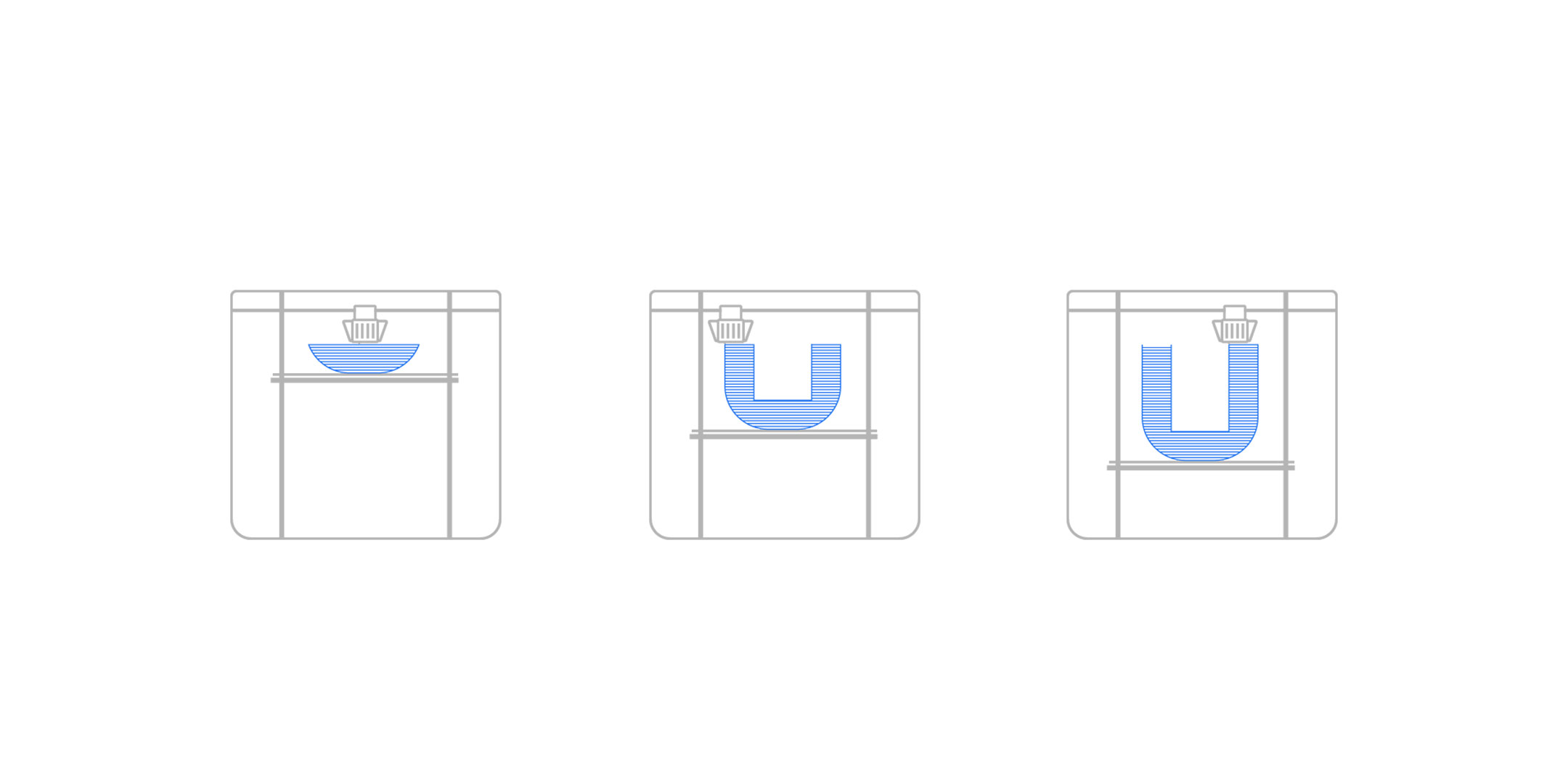
要进行3D打印,需要一个数字文件,“告诉”3D打印机在哪里打印材料。最常见的文件格式是G代码文件。该文件主要包含用于引导打印机水平和垂直移动的“坐标”,也称为X、Y和Z轴。
3D打印机可以以不同的厚度打印这些层,称为层高。与屏幕上的像素类似,3D打印中的更多层将提供更高的“分辨率”。这将提供更美观的结果,但打印需要更长的时间。
3D打印机软件
即使是3D打印的初学者也很快发现软件是他们工作流程的核心。这是因为这些工具决定了3D打印的内容和方式。让我们来看看核心的3D打印软件类别。
CAD
CAD and 3D printing go hand in hand. CAD software (which stands for Computer Aided Design) is a central part of any 3D system as it enables you to create a 3D model from the ground, up. There are many types of CAD software, each with its own benefits. AutoCAD, created by Autodesk, is perhaps the best-known among them since it was one of the first CAD software programs available for personal computers when released in 1982.
If you would rather not design a part from scratch and shortcut the process, using a 3D scanner is another option. By scanning a part or model and uploading it to CAD, you can then clean up the mesh so that it is ready to transfer to the next stage in the 3D printing process, which is...
Slicing software
A 3D printing slicer – also known as slicing or print preparation software – is a 3D software that converts a 3D model into a language your 3D printer understands.
Slicing software digitally cuts a model into flat layers, which your printer can then print one by one. UltiMaker develops the world's most popular slicing software called UltiMaker Cura, which is free to download. Millions of slices are made with it every day for a variety of 3D printers. For the UltiMaker S series, even more functionality is unlocked, including click-and-print settings for over 280 materials, as well as settings to match the intended use of your 3D printed part.
That said, slicing software is not always needed. This is thanks to integrations that allow you to print directly from CAD or via a digital library of parts and models stored in the Cloud.
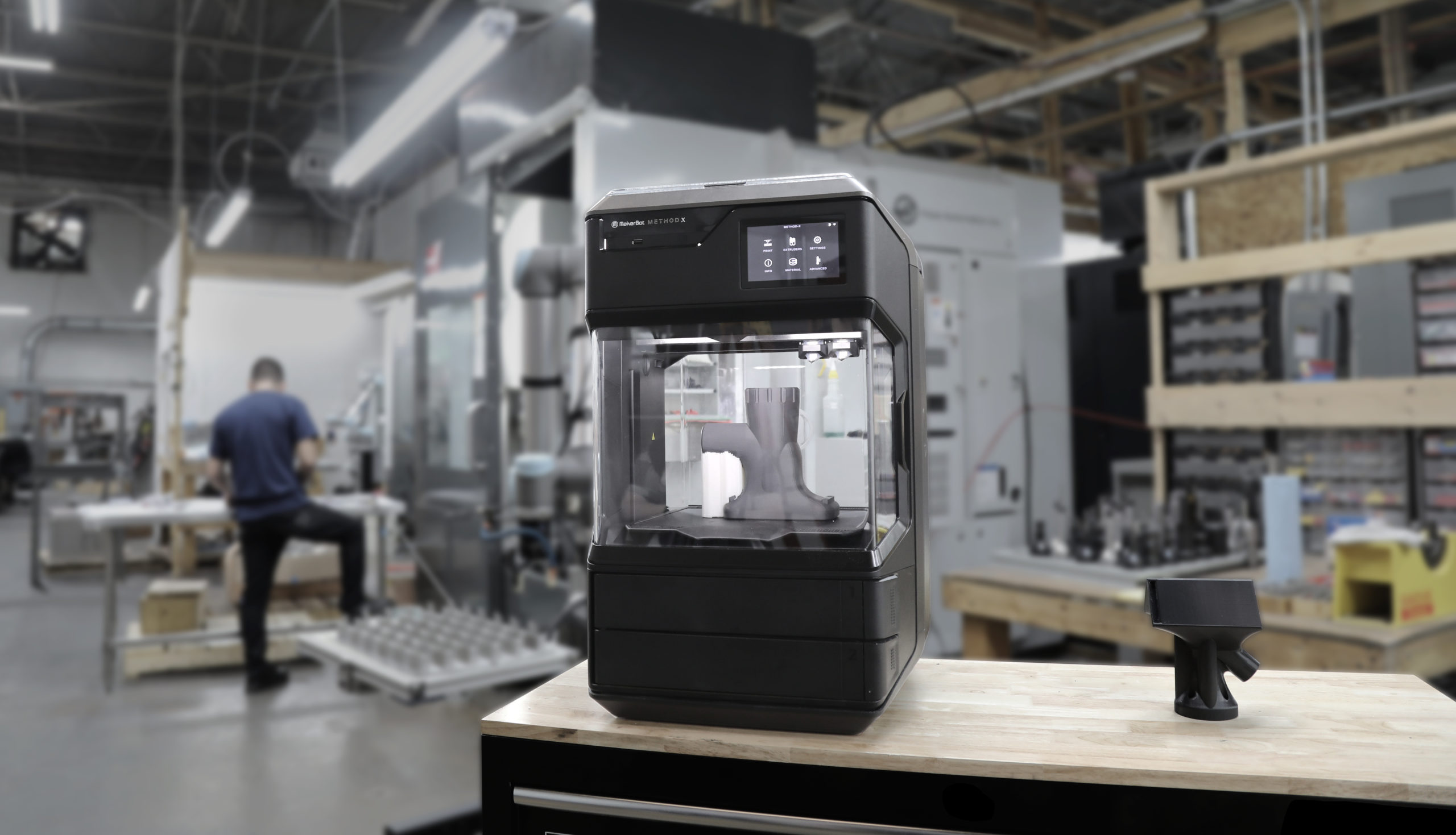
Remote 3D printing software
One of the more powerful methods of 3D printing allows users to 3D print from outside the printer's local area network. Using cloud-based tools, such as UltiMaker Digital Factory, all you need is an internet connection to log in and start a print. Then, your 3D printer can produce your part while you are out of the office, sleeping, or even on vacation. And because models are stored in a digital library, you can your team can share and iterate on designs, monitor the progress of print jobs, and even reprint parts without the need to slice them again.
What are the benefits of 3D printing?
Production speed and flexibility
Using traditional production methods such as outsourcing, creating a single part or a prototype can take weeks. But with in-house 3D printing, products can be designed, fabricated, tested, and refined in just days. Such rapid prototyping reduces the time from having an idea to holding a part in your hands. The result? Big savings in manufacturing costs – both in terms of time and money – and faster design cycle times. The knock-on effect of this means that manufacturers and product designers can go to market faster.
More design freedom
3D printing has the potential to create complex and innovative geometries that might be difficult, expensive, or even impossible to achieve with traditional practices. With CNC machining or milling, geometries are limited to the size and shape of the available tooling. Instead, printed 3D models are built up layer by layer and soluble support materials can be used. This means that parts can be light-weighted or even optimized using generative design. And assemblies can be simplified and printed as a single part, increasing strength and efficiency.
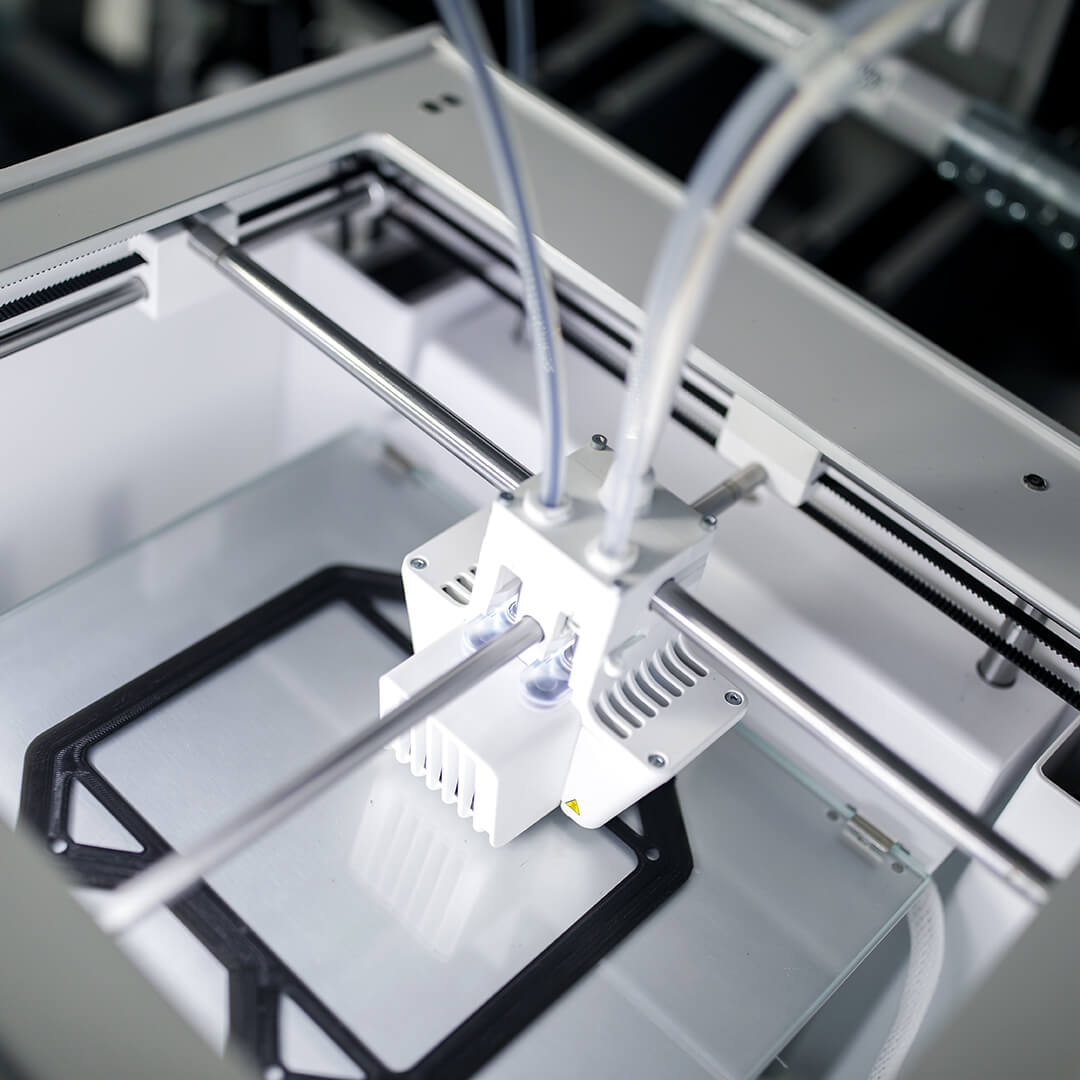
Low-cost customization
3D printing can be used to create custom part designs using a wide range of materials at no additional cost. By contrast, every custom design made using traditional production methods requires changes to their tooling configuration which takes time. In some cases, even new tooling needs to be designed and tested before manufacturing can continue. In this way, 3D printing is changing how quickly companies can respond to the market as consumer preference changes.
Less dependent on supply chains
In-house 3D printing is also a useful way to produce parts that you need, where and when you need them. This means that workshops or factories do not have to rely so heavily on supply chains where spare or replacement parts being shipped from a central hub. It also avoids lengthy lead times and the risk of parts being held up at customs. Instead, more and more companies are creating a digital inventory of certified parts, which can then be locally 3D printed.
Reduced storage costs
When you can 3D print spare or replacement parts on demand, there is less need for storage or warehousing. Because of the reduced cost of 3D printing, some UltiMaker customers operate on a "take one, make one" policy, where a small number of spare parts are always available. Then, if one is used, operators simply 3D print another so everyday running of the factory or workshop can continue without delay.
More environmentally friendly
Because 3D printing involves additive manufacturing, there is far less waste material than seen in traditional, subtractive manufacturing technologies. Not only is there less waste, but organizations' carbon footprint is reduced thanks to more production taking place locally, instead of being shipped from external suppliers that are sometimes thousands of miles away.
Improved confidentially
Keeping production in-house can help to protect intellectual property and maintain confidentiality, which can be particularly important for sensitive or proprietary designs.
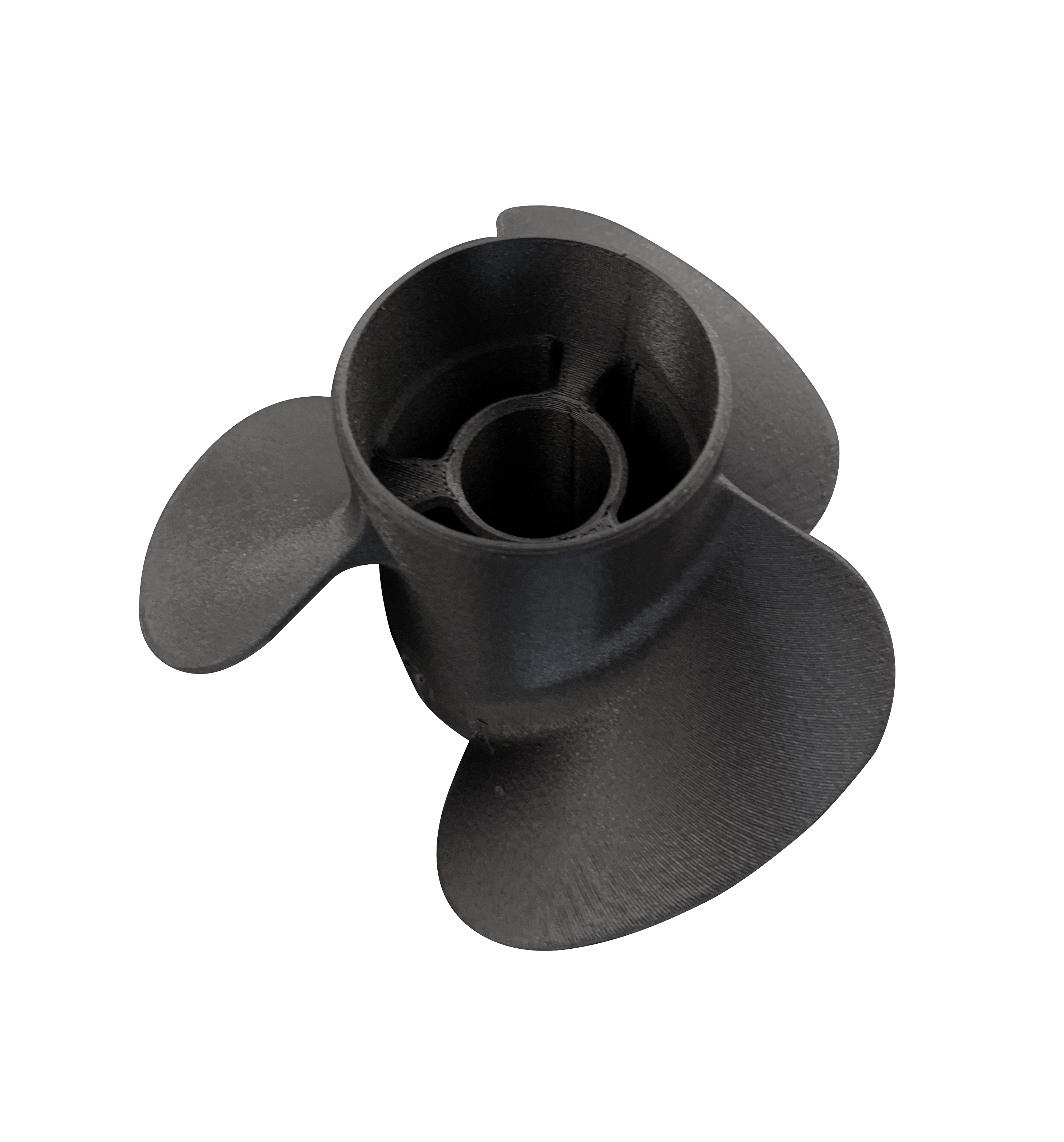
A few limitations of 3D printing
Speed: 3D printing is faster and more cost-effective for prototyping and producing small batches. But it currently cannot compete against traditional methods used for mass production, for example, injection molding.
Surface finish: Items produced by different types of 3D printers sometimes show visible layer lines that might need additional finishing processes if a smooth surface is required.
Size limitations: For the most part, the size of the 3D printed object is limited by the size of the printer. While large-scale 3D printers do exist, they are expensive and less common. Alternatively, modular part design allows for a larger assembly to be 3D printed in stages.
Legal issues: When you can 3D print almost anything anywhere, it presents new challenges for intellectual property, copyright infringement, international trade, customs and more. Legal frameworks are still evolving around the world to keep pace with the developments of the technology.
A guide to 3D printing industries
Example applications of 3D printing in different sectors
Common 3D printing applications are revolutionizing industries. And more companies in the world are using 3D technology to create components, prototypes, and even final products. Here's an overview of applications for 3D printing that are allowing industries to innovate like never before.
Rapid Prototyping and Product Development
The ideal approach to new product development is through the design thinking principle but that cannot be applied as our current manufacturing methods do not allow us to iterate multiple ideas economically. It becomes difficult to spend huge amounts of money on the iteration phase. But 3D printing helps to rapidly and affordably iterate multiple product ideas. This helps in building a better customer-centric product.
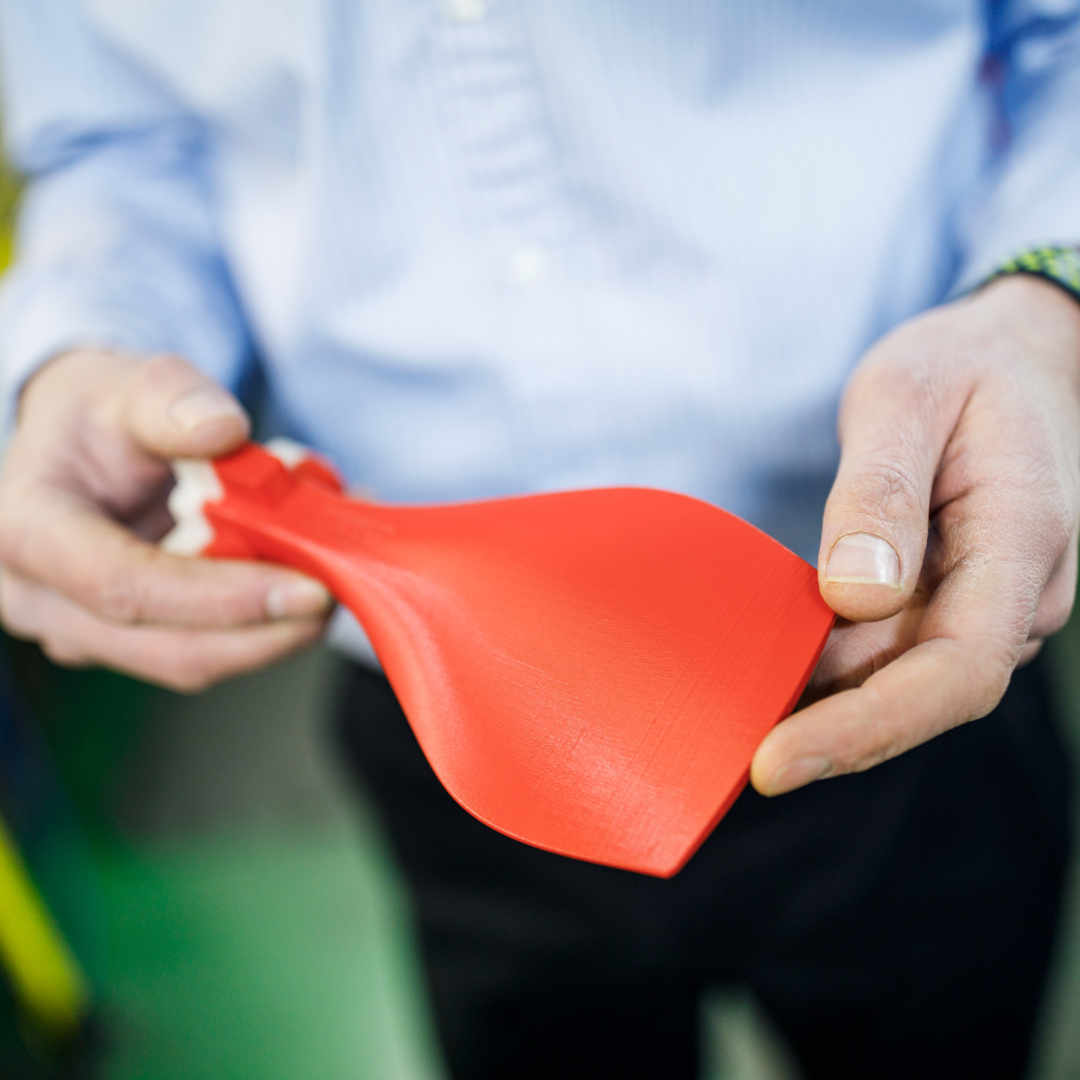
Automotive
To stay cost-effective, vehicle mass production must be optimized for efficiency. Using 3D printing, car makers are able to design and print manufacturing aids such as tools, jigs, and fixtures at a much lower cost. These are then used in the pre-production of a vehicle model to allow for more rounds of operator feedback and testing. 3D printers are also used in the automotive aftermarket. Mechanics and body shops have found the technology to be an affordable and easy way to create tools and parts that make fixing and modifying vehicles faster and easier.

Aerospace
The aerospace industry is in a constant state of evolution, with engineers and designers working continuously to improve the efficiency, safety, comfort, and efficacy of aircraft. Combined with 3D printing technology, the industry can accomplish this at a fraction of the time and cost of traditional manufacturing methods. For example, the ability to print complex shapes means we can design better, more efficient parts. This helps to save fuel, which is both good for the environment and reduces costs for airlines. Additionally, ground crews can 3D print parts and tools that simplify aircraft maintenance.
Consumer Products
3D printing allows for easy customization. This makes it ideal for creating one-offs or small batches of end-use parts used by consumers. For example, some businesses today use 3D printers in-store to fabricate products according to customer specifications while they wait. And when it comes to the manufacture of consumer products, 3D printing helps automated packaging lines increase efficiency. 3D printing parts and manufacturing aids allow production lines to increase uptime and speed up with changeovers.
Medicine
3D printing is increasingly used in the medical industry where MRI data can be easily turned into a 3D printed object. These custom models are then used to help explain complex medical conditions to patients. 3D printing also can help surgeons plan complex surgeries. By practicing on a 3D printed model, surgeons can prepare for the real thing. This leads to safer surgeries and better-informed patients.
Defense
3D printing has become an essential tool in the defense industry. Army, navy, and aerial forces find that the technology helps to increase operational readiness by allowing for on-site production of necessary parts, even in forward positions. This means less waiting for replacements and faster repairs – especially when custom parts are needed that are not available off the shelf. Plus, FDM printers use a wide range of specific materials that allow for reinforced items to be printed that can withstand extreme environments in the field.
Education
3D printing is a fantastic tool for education – especially in science, technology, engineering, and math subjects (STEM). It lets students bring their designs to life and helps educators make aging curricula feel new and exciting. From elementary school to university, 3D printing can spark a passion for design thinking. By giving students hands-on experience, it helps them understand complex concepts and encourages creative problem-solving. These are skills that will be invaluable in their future careers.
Types of 3D printing technologies and processes
There are many different types of 3D printing methods that use plastics or metals. Let’s explore the 3D printers types and what is possible to print with them.
Material extrusion
Material extrusion 3D printing operates by pushing a material through a nozzle. The material solidifies layer by layer to create a 3D object based on a digital design. This technology includes Fused Deposition Modeling (FDM) and these 3D printers have become increasingly popular due to their low cost and user-friendliness. Desktop FDM 3D printers are affordable, small, and modular, allowing customers to scale their production based on their needs. They are suitable for rapid prototyping, education, and functional applications. While often associated with plastic filament, material extrusion 3D printing can handle a variety of materials including polymers reinforced with carbon fiber, plastic mixed with metal powders, wood-based polymers, food, and even concrete – making it a versatile technology with a broad range of applications.
Vat polymerization
Vat polymerization is a 3D printing method that uses a light source to cure and solidify a liquid photopolymer resin layer upon layer, forming a 3D object. The light source, often a laser or projector, selectively hardens the resin on the build surface, with the process repeating until the object is fully created. Stereolithography (SLA) is the best-known technology for this process. Its high resolution and accuracy make it suitable for detailed prototypes and parts with complex geometries. The liquid resins used can be formulated for a variety of properties. However, parts printed with these resins often require washing or curing to create a stable part and achieve its final properties.
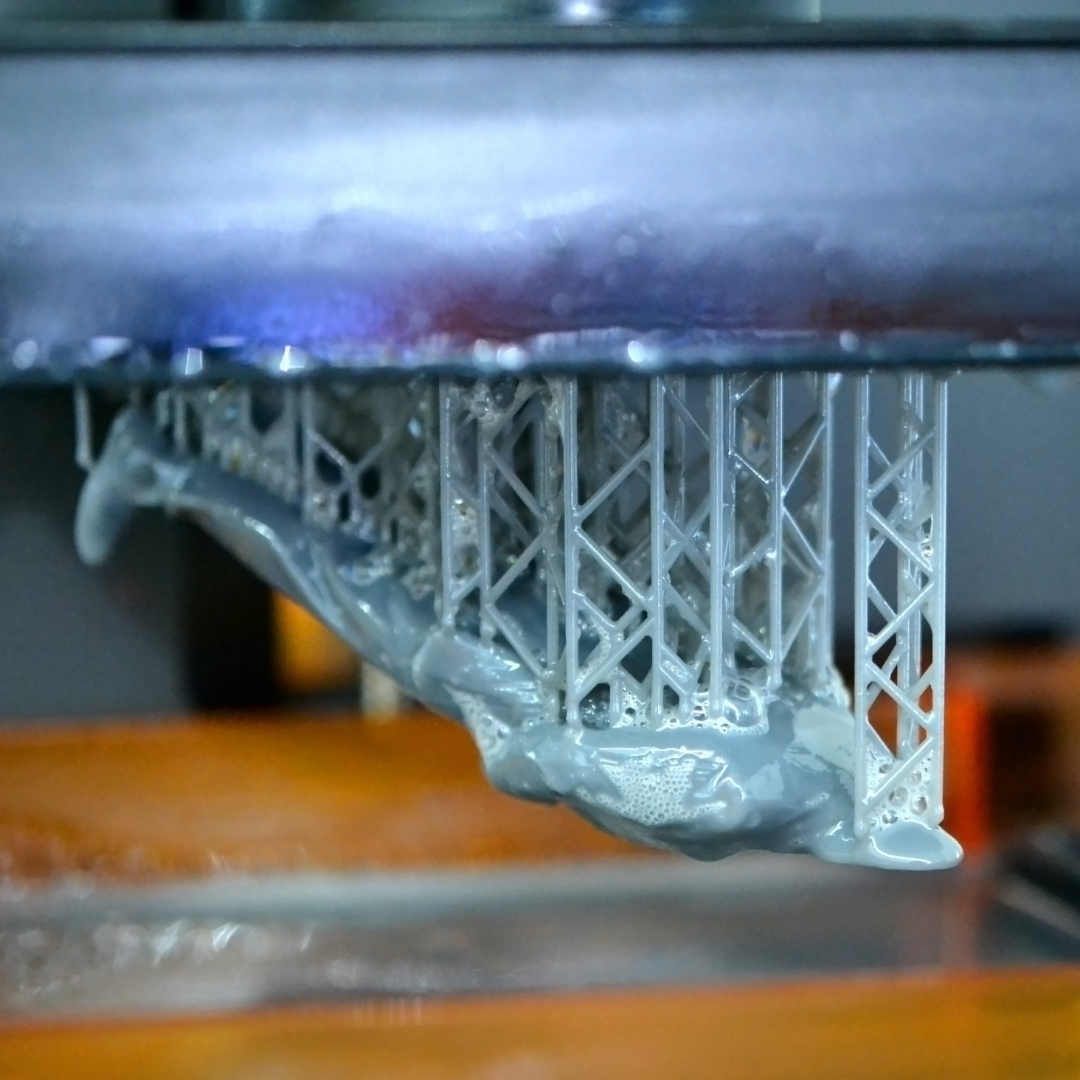
Material jetting
Material jetting functions similarly to inkjet printing. Instead of ink, it uses a photopolymer material, jetting droplets onto the build platform. These droplets are instantly cured by ultraviolet (UV) light, forming a layer of the 3D object. This process repeats until the object is complete. Known for its high resolution and ability to create parts with smooth surfaces and intricate details, Material Jetting also supports the use of multiple materials and colors in a single print. The primary materials used are liquid photopolymers, similar to those used in vat polymerization. However, it's worth noting that this process tends to be more expensive compared to other technologies.
Binder jetting
Binder jetting is a technology that uses a powder base material and a liquid binder. The printer lays a thin layer of powder onto the build platform, then selectively adds the liquid binder to bind the powder particles together, forming a solid part. This process repeats every layer until the object is complete. A variety of materials, including metal, sand, and ceramic powders, can be used. However, parts requiring high structural strength or fine details are often not possible with this technology. After printing, the unbound powder has to be removed, meaning fully enclosed geometries are not possible without a way for the powder to flow out.
Powder bed fusion
Similar to binder jetting, powder bed fusion is an industrial 3D technology that spreads thin layers of powder onto a build platform. However, instead of using a binder, a high-energy source (a laser or electron beam) fuses or melts the powder together to form a 3D object. Selective Laser Sintering (SLS), Direct Metal Laser Sintering (DMLS), and Selective Laser Melting (SLM) are all types of powder bed fusion. They use different materials, including nylon, metal, and ceramics. Known for creating parts with high mechanical strength, PBF is often used for functional prototypes and end-use parts. However, it's a more complex and costly technology, which needs careful powder management and post-processing.
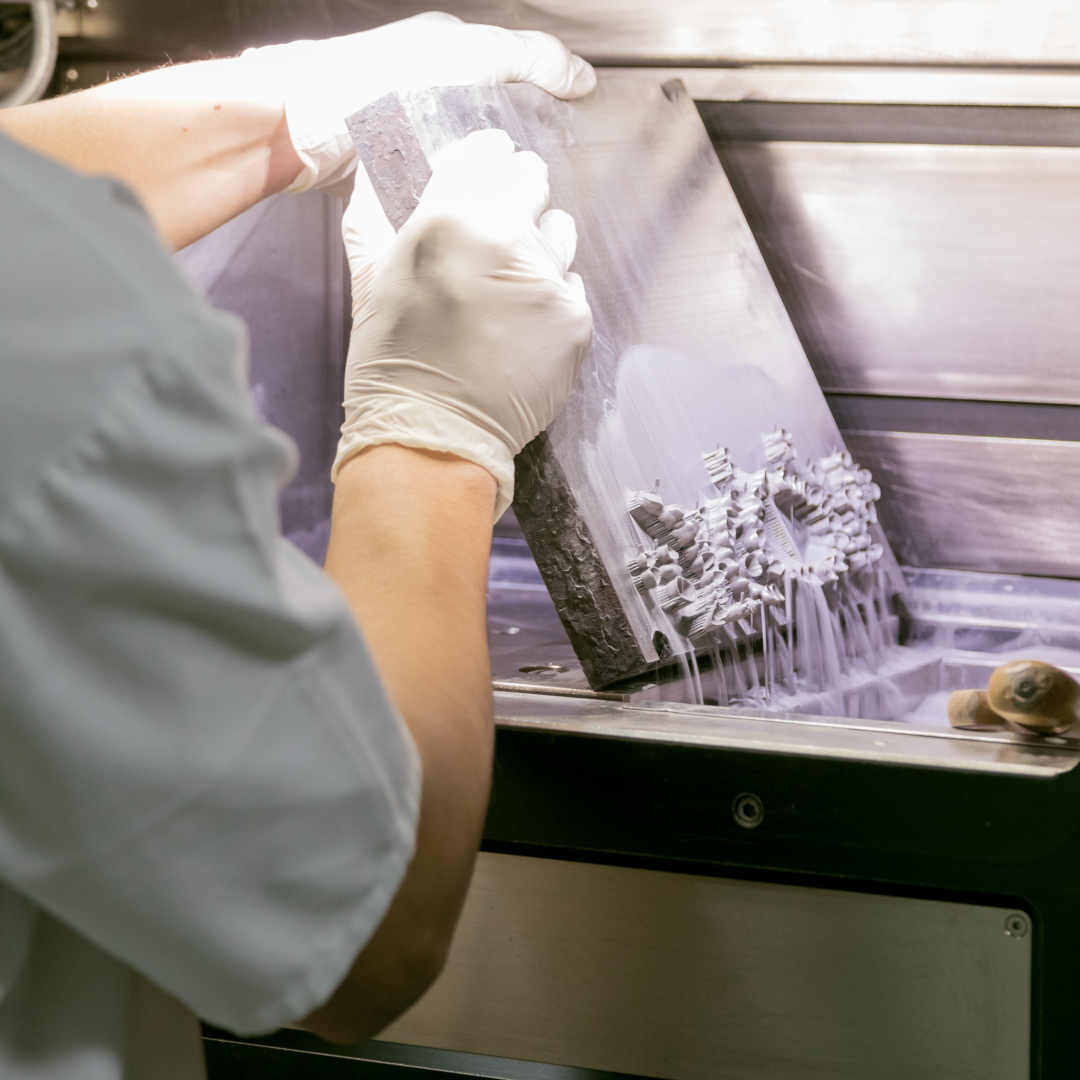
Directed energy deposition
Directed energy Deposition uses a nozzle to deposit material onto the build platform while a laser or electron beam melts the material. As the material solidifies, it forms the 3D object. This technology usually uses metals and alloys. It can even add material to existing parts, a capability not shared by most other 3D technologies. However, directed energy deposition can struggle to achieve as high a resolution as other methods. These 3D printers are large, often requiring a dedicated space with industrial facilities.
What materials can be used in 3D printing?
The wide range of materials used in 3D printing is one of the technology's greatest strengths.
Starter materials
PLA
Derived from organic, renewable resources and easy to print with, PLA is the go-to beginner’s filament. PLA also has great visual properties, making it the most popular 3D printing filament. However, it has low-temperature resistance and there is a higher chance compared to other materials that its mechanical properties will degrade over time. For these reasons, PLA is often not the first choice for functional and mechanical applications.
PETG
A well-balanced mix of properties has seen PETG grow to become one of the most widely used 3D printing materials. It could easily be classed as an 'engineering material', but it's also a good option for beginners thanks to good printability. Combining impact and chemical resistance with good thermal properties, while also being cheaper than many other engineering materials, it’s the go-to filament for engineering applications for many users.
Engineering materials
Nylon
Possessing chemical resistance and the ability to withstand significant mechanical stress, nylon is a versatile option for end-use parts.
ABS
Offering superior mechanical and heat resistance properties compared to PLA, ABS is a material for more demanding applications. However, it can be difficult to print with, especially on a cheaper, open-frame 3D printer. An enclosed build chamber and controlled temperature give a much more reliable experience.
Flexible materials
TPU
With its rubber-like properties, TPU can be twisted, stretched, and withstand impacts without problems.
PP
Semi-flexible and fatigue-resistant, PP (or polypropylene as you may know it) is ideal for applications that need some flexibility, such as hinges or liquid containers.
Specialist materials
Composite materials
These filaments combine a polymer with fibers of another material to give enhanced properties. There are two main categories. Engineering composites including glass, carbon, or metal fibers offer enhanced mechanical properties such as strength and stiffness. And for unique visual properties, there are composite options like ceramic or wood filaments for 3D printing, or even glow-in-the-dark. (Note: the fibers in composite filaments can cause abrasion, so check your printer is compatible before using any).
While they sometimes overlap with the categories above, there are many more specialist 3D printing filaments to discover on the market, such as ESD-safe or flame-retardant materials.
Metal materials
Metal 3D printing systems have been around for a long time. But only recently has metal printing become more affordable and accessible. Nowadays, affordable desktop FDM 3D printers are disrupting the industry by producing parts in stainless steel grades like 17-4 PH and 316L. This 3D printing technique requires extra post-processing, where the 3D printed parts are debinded and sintered to remove the unwanted plastic and leave behind a strong metal part. Metal 3D printing offers advantages over metal milling as more complex shapes can be created and parts can even be hollow and lighter in weight.
Support materials
Each new layer of a 3D print requires the layer underneath to support it. Issues arise when a print’s design requires an overhang or an element that’s suspended in mid-air. So these materials literally ‘support’ it during the printing process and are removed after. Supports can be printed with the same material as the rest of the print, but their removal can affect its surface quality and dimensional accuracy. To avoid this, specialized support materials have been developed.
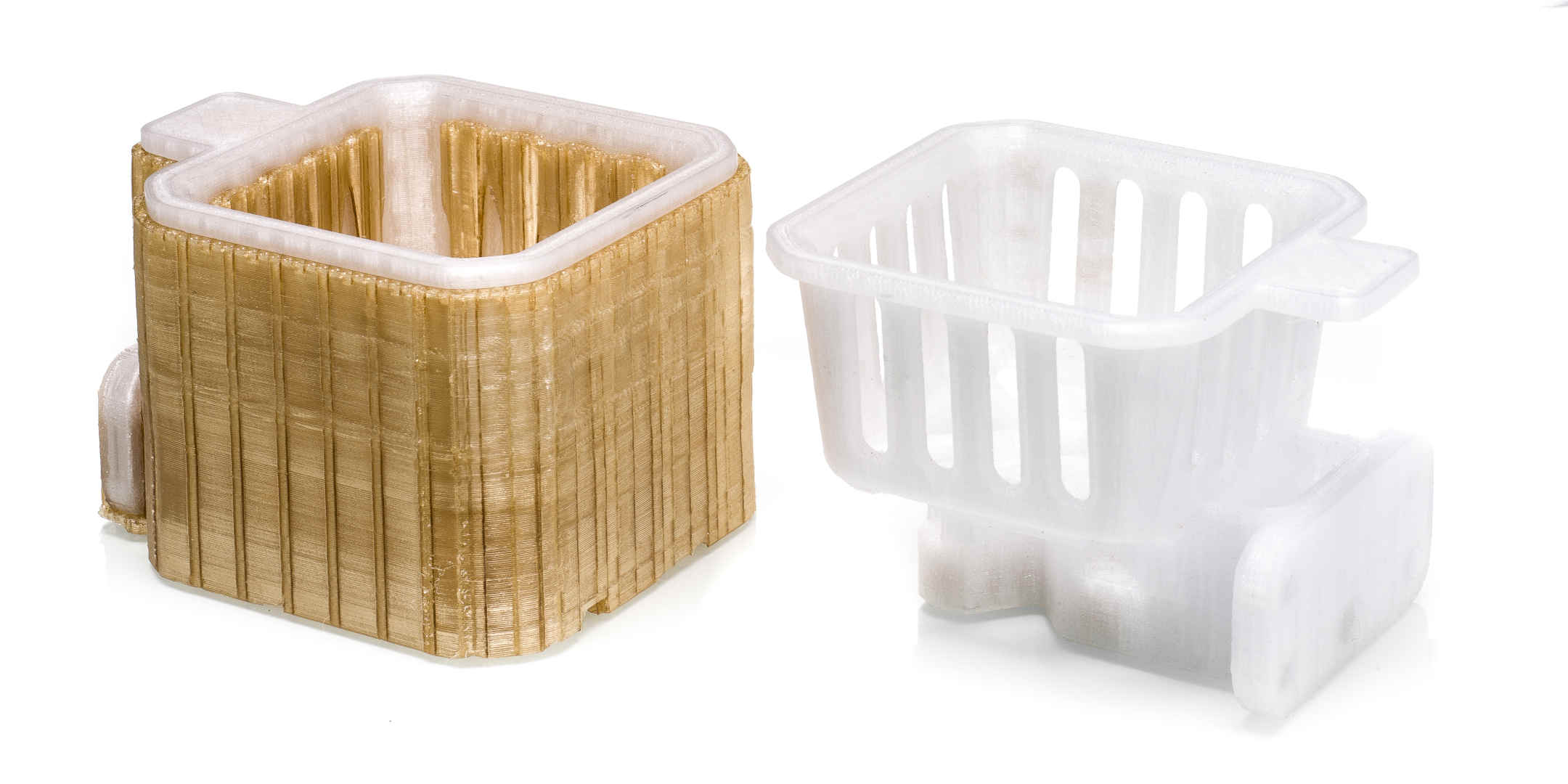
Soluble support material
Soluble support materials are dissolvable, so there is no risk of damaging your part during manual removal. PVA support material dissolves in water, while HIPS requires the solvent d-limonene.
Breakaway
Somewhere between the options mentioned so far, a material like Ultimaker Breakaway is a distinct support material that is manually removed. This makes the process faster than waiting for it to dissolve while retaining the part’s dimensional accuracy.
Conclusion: Creating the best desktop 3D printing ecosystem
If your time is worth money. And if a 3D printer needs to be a tool rather than a hobby. Then it makes sense to print your high-value parts and models with an UltiMaker 3D printer.
Each machine has undergone thousands of hours of tweaking, testing, and optimization – so you don't have to. And the same R&D investment is found across the full UltiMaker ecosystem of hardware, software, and materials.
Combined together, these products give you access to one of the most seamless, reliable, and open 3D printing experiences available today.
Learn more about UltiMaker 3D printers
Frequently asked questions
What is 3D printing in simple words?
3D printing in simple words is the process of starting with nothing and building up material layer by layer until it forms the final 3D object you designed on the computer. Think of it like building with LEGO, but instead of adding bricks, the 3D printer adds melted material instead.
What is the main purpose of 3D printing?
The main purpose of 3D printing is to create physical objects from digital designs. It works by building up layers of material – like plastic or metal – until the object is formed. This can be used to make all sorts of things, from simple shapes to complex parts for machines.
What is the difference between FFF and FDM 3D printing?
For those new to 3D printing, this one can be confusing. The difference between FFF and FDM 3D printing is that they use a different name to refer to the same technology (Fused Filament Fabrication and Fused Deposition Modeling). Beyond that, there is no difference.
What is 3D printing used for?
3D printing is used for the rapid creation of models, visual prototypes, functional prototypes, tools, quality gauges, spare parts, automotive parts, aerospace components, art, food, buildings, tissue and organs, prosthetics, clothing and jewelry design, footwear, custom products, sports equipment, military equipment, educational tools, toys and games, pharmaceutical and drug delivery systems, and lots more.
Is 3D printing just plastic? Or can you 3D print metal?
3D printing is not just plastic. While plastic is the most common 3D printed material, other materials can also be 3D printed including steel, aluminum, titanium, copper, ceramic, wood, food, and even biocompatible material.
Who invented 3D printing?
The person who invented 3D printing is Chuck Hull of 3D Systems. He invented the first 3D printing process called 'stereolithography' in 1983.
What skills does 3D printing teach?
The skills that 3D printing teaches include prototyping and iteration, design and modeling, problem-solving, attention to detail, as well as an understanding of material science.


